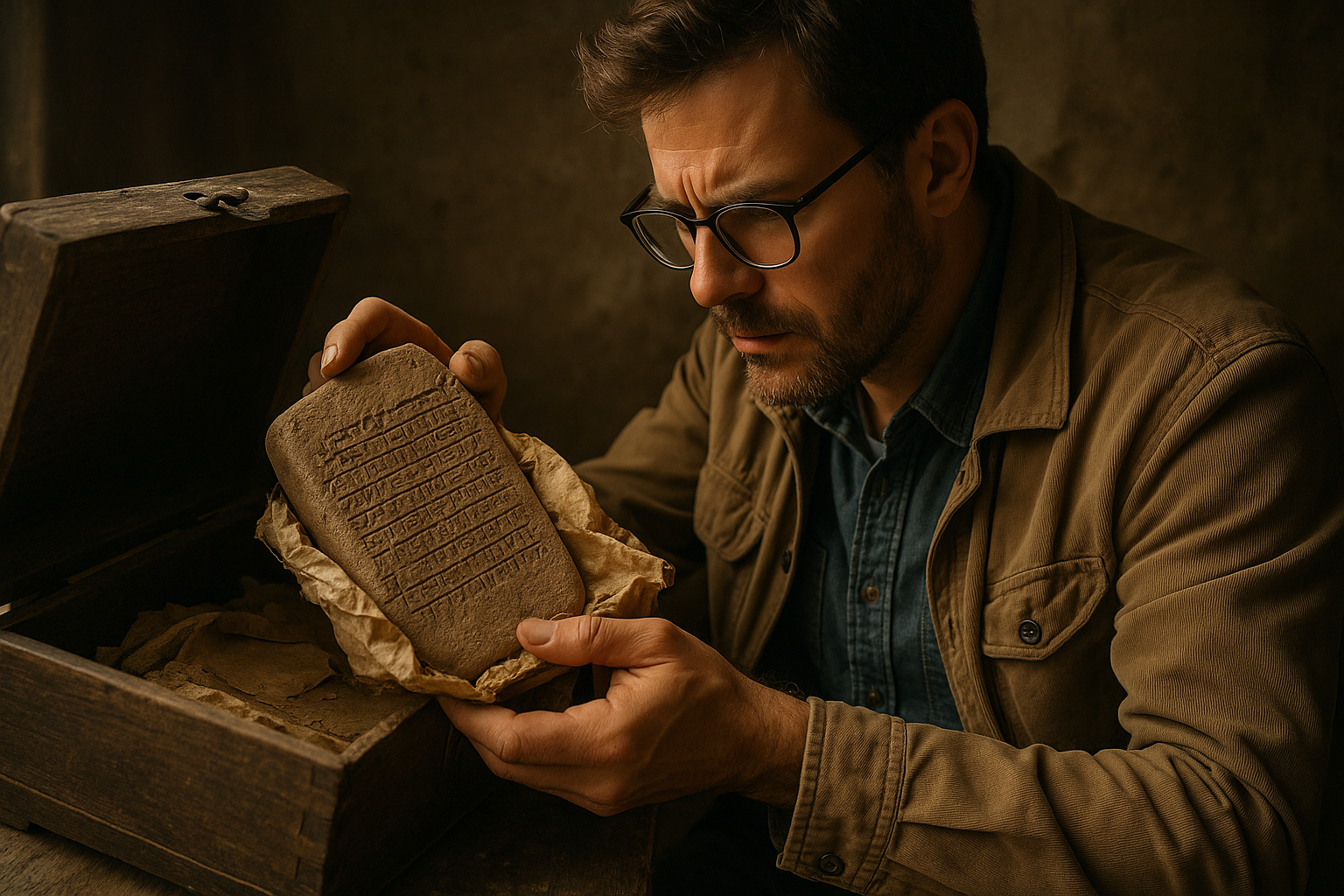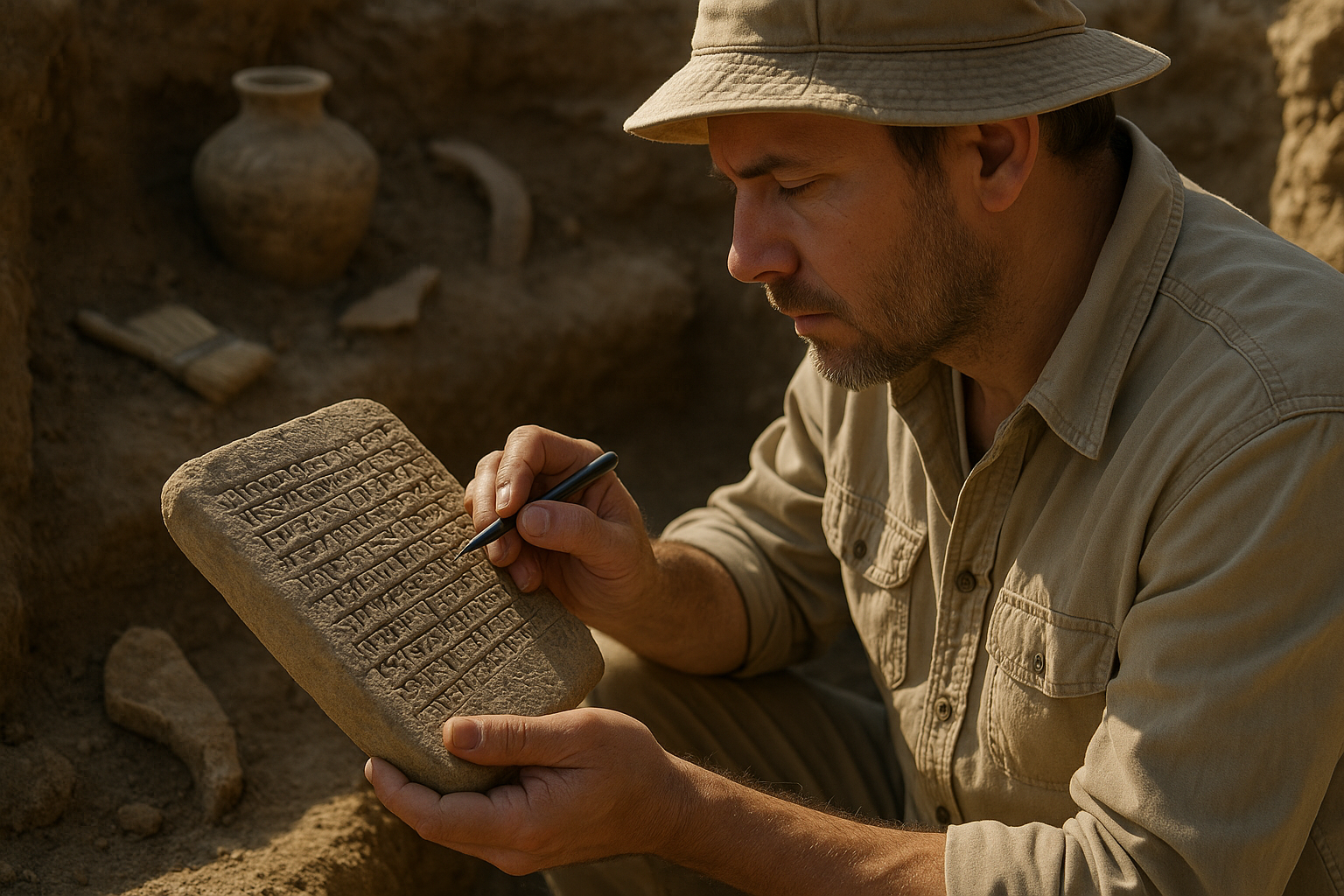Cultural symbols shape how we perceive reality, and among the most profound is the sacred cycle of time—a universal thread connecting humanity across civilizations.
🌍 The Universal Language of Temporal Symbols
Throughout human history, cultures have developed intricate systems to understand and represent time’s passage. These aren’t merely practical tools for tracking seasons or planning harvests—they’re profound expressions of cosmology, spirituality, and collective identity. From the Mayan calendar’s mathematical precision to the lunar cycles honored in Islamic tradition, temporal symbols serve as bridges between the mundane and the transcendent.
What makes these symbols particularly powerful is their dual nature. They function simultaneously as practical instruments and sacred metaphors. A calendar isn’t just a scheduling device; it embodies a culture’s understanding of existence itself. The circular representation of time in many indigenous traditions contrasts sharply with Western linear concepts, revealing fundamentally different worldviews about progress, destiny, and human purpose.
Understanding these temporal frameworks opens doorways to deeper cultural appreciation. When we examine how different societies conceptualize time, we’re not simply learning about exotic customs—we’re accessing the cognitive architectures that shaped entire civilizations. These symbols carried knowledge, organized societies, and provided meaning long before written language existed.
⏰ Circular Time: The Eternal Return
Many ancient cultures embraced circular or cyclical concepts of time, viewing existence as an endless series of renewals rather than a straight line from beginning to end. This perspective profoundly influenced everything from agricultural practices to spiritual beliefs and social structures.
The Hindu concept of kalpas and yugas exemplifies this beautifully. Time stretches across immense cycles—creation, preservation, destruction, and renewal—repeating eternally. Each cosmic day of Brahma spans billions of years, yet eventually returns to its starting point. This framework doesn’t diminish individual existence but contextualizes it within something vastly greater, offering both humility and continuity.
Indigenous Australian Dreaming traditions similarly embrace circular temporality. The Dreamtime isn’t a distant past but an ever-present reality, accessible through ritual and landscape. Ancestral actions continuously shape the present, and present actions echo eternally. Sacred sites become temporal portals where past, present, and future merge into unified experience.
The Agricultural Foundation
Seasonal cycles provided the most immediate evidence for circular time concepts. Planting, growth, harvest, and dormancy created obvious patterns that repeated annually. Ancient peoples recognized these cycles as sacred, not merely practical, embedding them with ceremony and meaning.
The Wheel of the Year celebrated by various pagan traditions marks eight festivals aligned with solar events and agricultural milestones. These celebrations acknowledged humanity’s dependence on natural rhythms while honoring the divine forces believed to govern them. Each festival carried specific symbolism—light returning at winter solstice, fertility blooming at spring equinox, abundance culminating at harvest.
📅 Linear Time: Progress and Destiny
Contrasting with cyclical frameworks, linear time concepts dominated Abrahamic religions and eventually shaped Western civilization’s entire worldview. This perspective sees time moving from creation toward ultimate culmination—a cosmic narrative with definitive beginning and end.
Christianity’s salvation history exemplifies linear temporality. From Genesis through Revelation, events progress purposefully toward redemption and final judgment. This framework transformed how Western societies approached everything from personal life planning to technological development. Progress became not just possible but inevitable, even sacred.
The linear model profoundly influenced Western philosophy and science. Enlightenment thinkers envisioned humanity progressing steadily toward greater knowledge and perfection. Industrial revolution advocates viewed technological advancement as humanity’s manifest destiny. Even modern political ideologies often assume historical inevitability—that societies naturally evolve toward specific end states.
The Psychology of Forward Movement
Linear time perception creates distinctive psychological patterns. It encourages future orientation, goal setting, and achievement motivation. Deadlines become meaningful when time moves irreversibly forward. Opportunities become precious when they won’t recur. Innovation gains urgency when progress is expected.
However, this framework also generates anxiety. Linear time can feel relentless, creating pressure to accomplish before time “runs out.” Modern burnout often stems from treating every moment as an irreplaceable resource that must be maximized. The phrase “time is money” reveals how deeply linear, commodified time concepts have penetrated contemporary consciousness.
🌙 Lunar Cycles: Rhythm and Renewal
The moon’s phases have captivated humanity across all cultures, serving as one of our earliest timepieces and most enduring symbols. Its reliable yet constantly changing appearance made it perfect for tracking time while embodying transformation and renewal themes.
Islamic tradition organizes religious life around lunar months. Ramadan’s timing shifts relative to solar seasons, creating a unique relationship between spiritual practice and astronomical reality. This system reminds practitioners that divine time differs from everyday temporal experience, encouraging mindfulness about multiple temporal layers.
Many indigenous cultures structured their calendars around lunar cycles, naming months after natural phenomena occurring during each moon—Harvest Moon, Hunter’s Moon, Flower Moon. These names weren’t arbitrary labels but mnemonic devices encoding ecological knowledge essential for survival. They connected temporal awareness directly to environmental observation and seasonal activities.
Feminine Symbolism and Biological Time
The moon’s approximate 29-day cycle corresponds with menstrual cycles, leading numerous cultures to associate lunar rhythms with feminine power, fertility, and life-giving forces. Goddesses from Artemis to Ix Chel governed both moon and childbirth, linking celestial and biological cycles.
This connection created temporal frameworks acknowledging bodily experience as legitimate timekeeping. Rather than abstract, mechanical measurement, time became something felt and lived through biological processes. Modern chronobiology increasingly validates these ancient insights, revealing how hormonal and physiological rhythms profoundly affect human experience.
☀️ Solar Symbols: Light, Power, and Authority
If the moon represented change and renewal, the sun symbolized constancy, power, and divine authority. Solar deities dominated numerous pantheons—Ra in Egypt, Inti in Incan tradition, Amaterasu in Shinto practice. The sun’s daily journey became metaphor for heroic quests, spiritual journeys, and life cycles themselves.
Solar calendars achieved remarkable precision in ancient cultures. The Egyptian civil calendar contained 365 days millennia before modern astronomy. Stonehenge’s alignment with solstices demonstrates sophisticated astronomical knowledge and the importance placed on solar cycles for ritual and practical purposes.
The Christian adoption of December 25th—close to winter solstice—for Christmas illustrates how solar symbolism transcended specific traditions. Celebrating divine light’s birth when days begin lengthening wasn’t coincidental but drew upon deep associations between sun, renewal, and sacred power that resonated across cultures.
🎭 Ritual Time: Creating Sacred Moments
Religious and ceremonial practices create distinct temporal experiences—”sacred time” qualitatively different from ordinary duration. During ritual, participants step outside normal temporal flow into mythic time where primordial events become present and accessible.
The Catholic Mass exemplifies this concept. Each celebration doesn’t merely commemorate the Last Supper but mystically participates in it. Past event becomes present reality through ritual action, transcending linear temporality. Similar concepts appear across religious traditions—pilgrimage sites where divine encounters remain perpetually accessible, meditation practices that suspend ordinary time consciousness.
Seasonal festivals worldwide create cyclical sacred time, annually renewing cosmic order. Japanese New Year rituals cleanse past impurities and invite fresh beginnings. Jewish High Holy Days provide designated time for reflection, repentance, and renewal. These occasions structure collective experience, providing shared temporal landmarks that unite communities.
Liminality and Transformation
Certain temporal moments carry special transformative power—thresholds between states. Dawn and dusk, season changes, New Year’s midnight—these liminal times when old meets new possess heightened significance across cultures. Rituals often occur during these moments to harness their transitional energy.
Rites of passage utilize temporal thresholds to mark identity transformations. Initiation ceremonies separate individuals from childhood, suspend them in liminal time outside normal social categories, then reintegrate them with new adult status. The temporal structure itself carries transformative power—time becomes active force rather than passive container.
🔄 Modern Reconnection: Reclaiming Sacred Cycles
Contemporary society increasingly recognizes costs of disconnection from natural temporal rhythms. Digital technology enables 24/7 activity, erasing boundaries between day and night, work and rest, public and private time. Many people report feeling temporally disoriented, disconnected from seasonal cycles and natural rhythms that guided human existence for millennia.
Growing interest in mindfulness, seasonal living, and circadian health reflects hunger for more meaningful temporal experiences. People increasingly seek to realign with natural cycles—honoring seasonal foods, adjusting activities to daylight availability, respecting sleep cycles rather than fighting them with artificial stimulants.
This reconnection needn’t mean rejecting modernity but rather integrating ancient wisdom with contemporary life. Understanding how cultural symbols structured time can inspire more intentional temporal practices—creating personal rituals, honoring seasonal transitions, distinguishing sacred time from commodity time.
Digital Tools for Ancient Wisdom
Interestingly, technology itself can facilitate reconnection with traditional temporal symbols. Apps tracking lunar phases, seasonal festivals, and circadian rhythms help modern users engage with time beyond the Gregorian calendar’s mechanical precision. These tools can translate ancient wisdom into accessible contemporary formats.
🌟 Practical Applications: Living with Temporal Awareness
Understanding sacred time cycles offers practical benefits beyond intellectual appreciation. Intentionally structuring personal and professional life around meaningful temporal frameworks can enhance wellbeing, productivity, and satisfaction.
Consider establishing personal rituals marking daily transitions—morning practices signaling day’s beginning, evening routines facilitating rest. These needn’t be religious but function similarly by creating temporal boundaries and meaning. A morning meditation or journaling practice becomes mini-ritual acknowledging day’s fresh potential.
Honor seasonal transitions with small celebrations or acknowledgments. Mark equinoxes and solstices with special meals, activities, or reflections. This practice cultivates awareness of Earth’s cycles while providing regular opportunities for gratitude and intention-setting. Over time, these observations create personal tradition and temporal structure.
- Align major projects with lunar cycles—beginning initiatives at new moons, completing at full moons
- Schedule intensive work during high-energy seasons, reflective activities during dormant periods
- Create weekly rhythms balancing productivity with rest, honoring both linear progress and cyclical renewal
- Designate technology-free times, recreating boundaries between different life domains
- Observe personal anniversaries and milestones as sacred time, reflecting on growth cycles
🎨 Cultural Exchange and Temporal Plurality
Our interconnected world offers unprecedented opportunity to learn from diverse temporal frameworks. Rather than assuming one “correct” way to conceptualize time, we can appreciate multiple valid perspectives, each offering unique insights and benefits.
Indigenous temporal wisdom particularly deserves attention as climate crisis demands rethinking humanity’s relationship with natural systems. Cultures maintaining cyclical time concepts never lost awareness that human existence depends on ecological balance. Their temporal frameworks embedded sustainability principles we desperately need.
Cross-cultural temporal learning requires humility and genuine curiosity. We must approach other traditions not as exotic curiosities but as sophisticated knowledge systems developed across generations. These aren’t primitive precursors to Western linear time but alternative frameworks with distinct advantages for specific contexts and purposes.
💫 The Integration: Holding Multiple Temporalities
Perhaps the most sophisticated temporal awareness involves holding multiple frameworks simultaneously—recognizing both linear progress and cyclical renewal, mechanical clock time and sacred moments, individual lifespan and cosmic cycles.
This integration acknowledges complexity without demanding simplification. Life genuinely contains progressive elements—we age, learn, develop. Yet it also repeats—seasons cycle, generations succeed one another, patterns recur. Both perspectives offer truth. Wisdom lies not in choosing one but in discerning which serves particular situations.
Modern physics increasingly validates this plurality. Time behaves differently at quantum and cosmic scales. Relativity demonstrates time’s flexibility and observer-dependence. Ancient sages intuited what scientists now confirm—time’s nature transcends simple categorization.
🌈 Sacred Time as Resistance and Liberation
In late-stage capitalism, time becomes commodified—measured, sold, maximized for productivity. Every moment must generate value; rest becomes guilt-inducing “wasted” time. This framework serves economic systems but damages human wellbeing.
Reclaiming sacred time concepts represents resistance against commodification. Designating certain times as holy means declaring them unavailable for economic exploitation. Sabbath observance, however practiced, asserts that human worth transcends productivity. Creating space for sacred time becomes radical act of self-preservation and dignity.
Indigenous activists describe reconnecting with traditional temporal frameworks as decolonization—reclaiming ancestral knowledge systems suppressed during colonization. This isn’t nostalgic romanticism but practical reclamation of sustainable, meaningful ways of organizing experience and community.

🔮 Future Horizons: Evolution of Temporal Symbols
How might temporal symbols evolve as humanity faces unprecedented challenges? Climate change demands long-term thinking while acceleration threatens our capacity for patience. Digital culture fragments attention while global crises require sustained focus. New temporal frameworks may emerge addressing these tensions.
Perhaps we’re witnessing birth of truly planetary temporal consciousness—awareness that human actions create consequences across geological timeframes. The concept of “seventh generation” thinking from Haudenosaunee tradition gains new relevance when considering climate impact lasting millennia.
Simultaneously, quantum computing and artificial intelligence may enable entirely new temporal experiences. If consciousness can be recorded or simulated, what happens to sacred time concepts rooted in mortality and irreversibility? These questions aren’t merely speculative but ethically urgent as technological capabilities advance.
Whatever forms emerge, humanity’s need for meaningful temporal frameworks will persist. We’re temporal beings requiring structure, meaning, and orientation within time’s flow. Cultural symbols providing these will continue evolving, drawing on ancient wisdom while addressing contemporary realities. Our task is engaging this evolution intentionally, ensuring new frameworks serve human flourishing rather than merely economic efficiency.
The power of cultural symbols lies not in their antiquity but in their capacity to organize experience meaningfully. Sacred time cycles connected our ancestors to cosmos, community, and purpose. By understanding and engaging these symbols thoughtfully, we unlock similar potential—creating lives textured with meaning, rooted in rhythm, and oriented toward what genuinely matters beyond the clock’s relentless ticking.
Toni Santos is a temporal researcher and symbolic archaeologist specializing in the study of forgotten burial systems, sacred archival practices, and the visual languages embedded in ancient temporal lore. Through an interdisciplinary and artifact-focused lens, Toni investigates how humanity has encoded knowledge, memory, and mystery into the temporal world — across cultures, rituals, and vanished civilizations. His work is grounded in a fascination with time capsules not only as vessels, but as carriers of hidden meaning. From extinct burial ritual practices to mythical codices and secret temporal seals, Toni uncovers the visual and symbolic tools through which cultures preserved their relationship with the temporal unknown. With a background in design semiotics and temporal artifact history, Toni blends visual analysis with archival research to reveal how time capsules were used to shape identity, transmit memory, and encode sacred knowledge. As the creative mind behind eltonxy, Toni curates illustrated chronologies, speculative temporal studies, and symbolic interpretations that revive the deep cultural ties between artifacts, ritual markings, and forgotten messages. His work is a tribute to: The lost temporal wisdom of Forgotten Time Capsule Burial Rituals The guarded archives of Sacred Codices and Forgotten Temporal Archives The mythopoetic presence of Temporal Symbols and Ritual Markings The layered visual language of Vanished Artifacts and Temporal Messages Whether you're a temporal historian, symbolic researcher, or curious gatherer of forgotten chronological wisdom, Toni invites you to explore the hidden roots of time capsule knowledge — one seal, one glyph, one message at a time.




